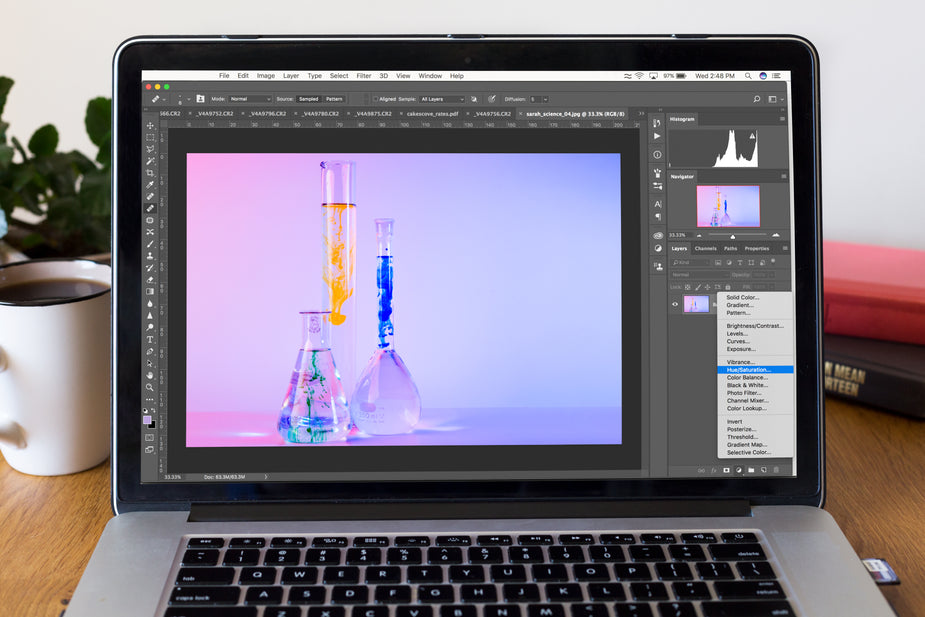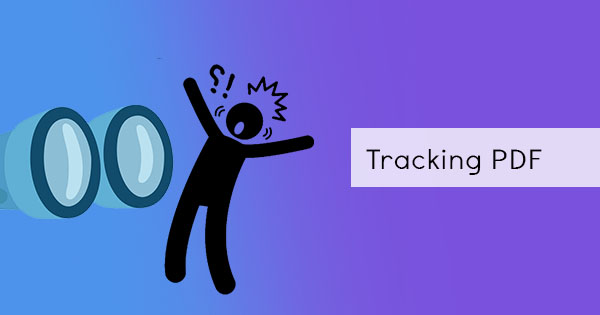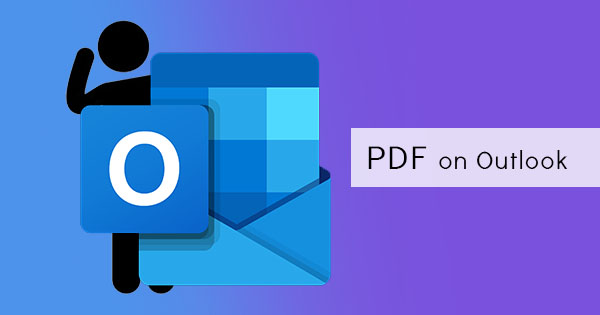
Nowadays, it’s easy to simply convert a file from one type to another, especially with DeftPDF around. It doesn’t take a computer genius to figure out the tools because it's simple, easy to understand, and has a user-friendly interface. But do you know how it works and what changes in the file? With so many file types available today, it’s now important to understand what happens to the file and the major transformations happening to it. Knowing more will be able to help you pinpoint what file really fits your needs or if you really need to convert or not.
In this article, we will briefly discuss what file conversion is, how it works and what changes in a file when converted. To better illustrate these differences, we will focus on the conversion of JPEG to PDF.

What is a file conversion?
From the word itself, conversion means the process of changing from one form to another. Therefore, file conversion is simply changing data from one file to another. File conversion can be transforming a PDF into an image (or vice versa), or turning it into another document format.
What is a file format?
A file format is a standard way of how data is stored and encoded. It keeps information within that standard so that specific programs and applications can access the file. A format basically specifies how the data is used and file extensions (the tag at the end of your file’s name) will allow the computer to identify what programs should be used to read it.
How does it work?
In speech, you can have two speakers that talk about the same information but in different languages – which is basically translation. Like such, file conversions work the same way. The application tries to translate the data into a language (which in this case is the code) that another program will be able to understand. The software that will do the conversion contains a list of standards, rules, and complex translation codes to make it similar to the original.

Conversion is not always perfect though as it can also have flaws similar to language translation. To be able to fully get the innate and full features of one document, it has to be created and made from the same application. If not, reliable software must be used for a professional conversion. Otherwise, the file will possibly lose its fonts, layout, the format of content, or margins.
Why is it important?
File conversion is important to organizations, schools, and companies to keep the workflow undisrupted and make information available to all. If one part of the organization does not have the right program to access the file and fails to read the document, then processes may possibly be stopped, duties may not be performed and rules may not be implemented properly. It would be difficult for the company to remain in sync with all the employees. If the software is not available for some people in the company, conversion is the easiest and free way you can to allow everyone to access the file.
What changes in the file when converted?
When you convert a file from one document format into another, you change the data contained in the file to make it readable to another application. Imagine having a DOC file and a PDF editor. If you can manually copy and paste the contents from the DOC file into the PDF editor, converting is simply automating this action using the software. If it were JPEG converted to PDF, you will be able to identify five differences in the outcome:

- The file extension changes as the file type changes. File extensions prompt the computer to open compatible readers, viewers, and applications that can access the file. If the file has a .PDF extension, it can only be opened using PDF viewers or browsers. If the file has .JPEG extension, it will only prompt photo viewers, paint or image editors.
- Characters can be readable on PDF files. JPEG files are only read by the computer as dots and pixels, even with text content present. While PDF files can contain pixel-filled images AND have machine-readable text content at the same time. These texts are now recognized by the computer as characters, which can be searched, copied, or highlighted.
- Data is reorganized and changed to make it as similar to the orignal as possible. Like language translation, applications also have their own language.
- The compression of a file also changes. JPEG files compress images and keep resolution based on its file size. Once you save and compress the image, it will only retain the resolution it was saved into. There will also be a loss in quality that cannot be regained. Basically, if you want a small file size on your JPEG file, you will need to keep it in low resolution. Therefore, once you edit the image and try to blow it up, it will become pixelated. PDF files on the other hand, will retain good quality images and can save it in high resolution with low file sizes.
Want to get updates and subscribe to our blog? Get weekly e-notifications by creating a free account with us: DeftPDF online


